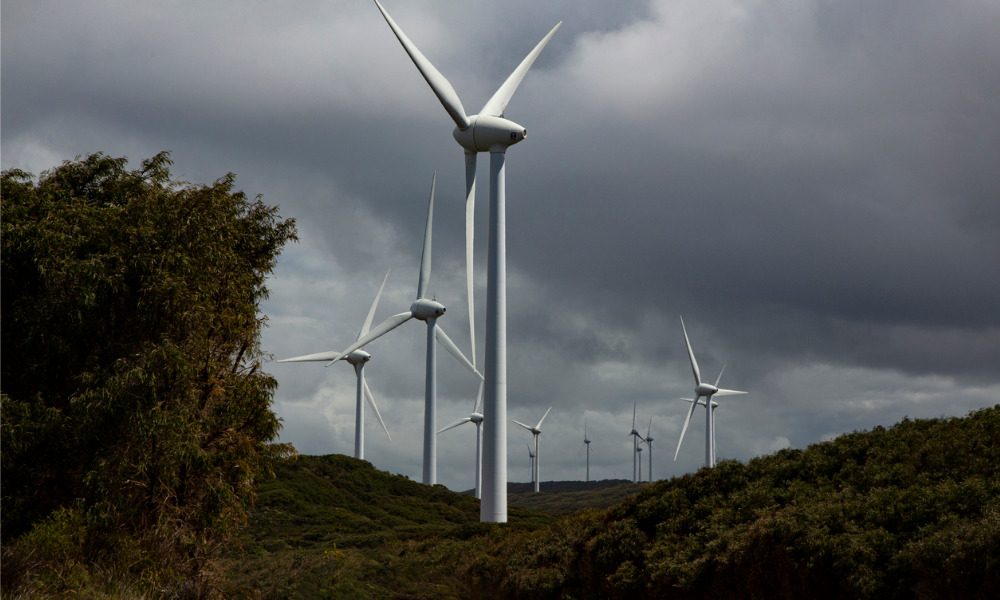Despite a cautious short-term outlook, a new ATB survey reveals long-term confidence among energy leaders

The Spring 2024 Energy Sector Survey conducted by ATB Capital Markets has presented a nuanced picture of the energy sector's outlook, with industry leaders showing tempered expectations for 2024, yet maintaining a sustained optimism for the long term.
This bi-annual survey, a critical tool for engaging with the market, highlights a strategic posture toward growth amid evolving challenges, according to Darren Eurich, CEO of ATB Capital Markets.
These insights focus on macro sentiment, market and business outlooks, capital allocation priorities, and potential risks and opportunities in the energy sector over the next three to five years.
Key findings indicate a generally positive market sentiment. Despite a slight dampening of growth expectations for 2024 compared to the Fall 2023 survey, long-term optimism remains strong.
About 91 percent of participants expect West Texas Intermediate (WTI) crude oil prices to average above US$75.99, and 77 percent foresee NYMEX gas prices exceeding US$2.50 per thousand cubic feet (mcf) in the next three to five years.
This optimistic outlook supports a robust confidence in the sector's performance, with significant activity anticipated in both E&P and energy services segments.
However, the growth expectations for 2024 have seen a decline. Only 71 percent of energy services companies anticipate a year-on-year increase in field activity, down from 90 percent in the previous survey.
Similarly, the percentage of E&P respondents expecting growth over the next 12 months has decreased from 88 percent to 69 percent. The potential impact of a severe drought has also emerged as a significant concern, affecting the outlook of many energy services companies.
The survey also highlighted the critical role of major infrastructure projects like the Trans Mountain pipeline expansion and the anticipated commissioning of LNG Canada in 2025.
These projects are seen as key drivers of activity growth and basin economics improvement, with over 60 percent of respondents confident that the pipeline will meet capacity demands through at least 2028.
Furthermore, 81 percent of survey participants are optimistic about a positive final investment decision for the second phase of LNG Canada, which is expected to significantly influence Canadian LNG exports and activity levels by 2025.
Federal energy and environmental policies continue to be seen as the top risk, with 74 percent of respondents identifying them as the primary risk and 97 percent placing them among the top three risks. Capital accessibility and cost also rank high as significant risks for the sector.
Despite a prevailing focus on low-growth, high shareholder return strategies among North American E&Ps, there is a notable shift towards allocating capital towards growth, with 52 percent of E&P respondents now prioritizing growth capex, a substantial increase from just 8 percent in the previous survey.
The survey, which took place from April 4 to April 18, included responses from 80 executives across exploration and production (E&P) companies, energy services companies, and institutional investors.



